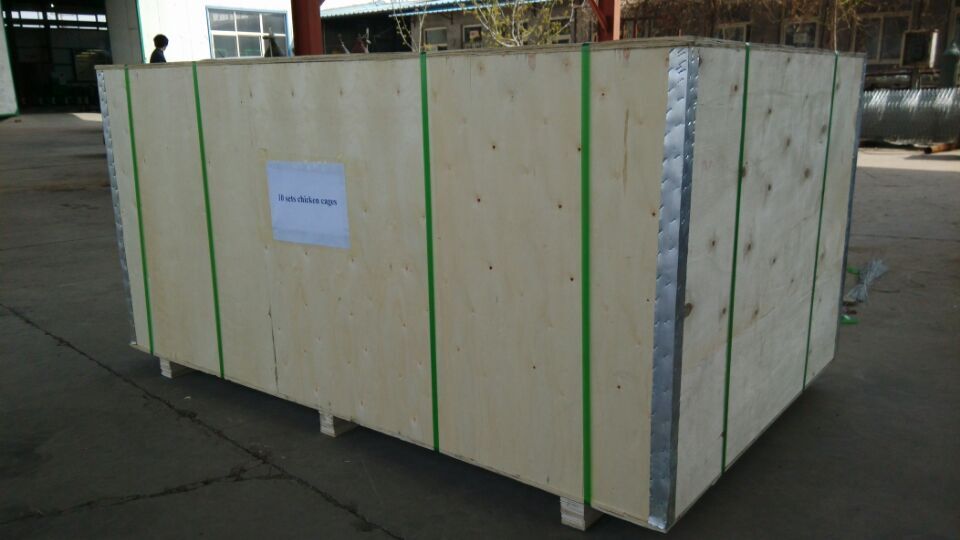Floating Feed Production Equipment for Aquatic Livestock Nutrition and Sustainability
ਦਸੰ. . 26, 2024 06:20 Back to list
Floating Feed Production Equipment for Aquatic Livestock Nutrition and Sustainability
The Importance and Functionality of Floating Feed Making Machines
The aquaculture industry has seen significant growth in recent years, driven by the increasing global demand for seafood and the need for sustainable practices in fish farming. A crucial aspect of fish farming is the type of feed utilized, which plays a vital role in the health and growth of aquaculture species. This is where floating feed making machines come into play, revolutionizing the production of high-quality floating feed for various aquatic species.
What is Floating Feed?
Floating feed is specifically formulated to remain on the water's surface, allowing fish to consume it easily. Unlike sinking feeds, floating feeds are designed to maintain their structure in water for extended periods, reducing waste and maximizing feeding efficiency. This type of feed is particularly popular in the aquaculture industry for species such as catfish, tilapia, and trout, which are known to feed at or near the surface.
The Role of Floating Feed Making Machines
Floating feed making machines are specialized equipment that processes raw ingredients into nutritious floating pellets. These machines are equipped with advanced technology that enables efficient mixing, conditioning, and extrusion of feed materials, ensuring the final product meets the specific dietary needs of fish and other aquatic organisms.
1. Raw Material Processing The journey of creating floating feed begins with the careful selection and preparation of ingredients. Common components include fish meal, soybean meal, corn, vitamins, and minerals. The floating feed making machine first processes these raw materials by grinding them into a fine powder, allowing for better mixing and adherence when forming pellets.
2. Mixing and Conditioning Once the raw ingredients are prepared, they are mixed together in a specific ratio to achieve a balanced nutrient profile. This mixture is then conditioned with steam and heat, which not only helps to enhance the digestibility of the feed but also ensures that harmful bacteria are killed during the process.
floating feed making machine

3. Extrusion Process The conditioned mixture is fed into the extruder, which plays a critical role in forming floating pellets. The extruder uses high temperatures and pressures to convert the raw mixture into pellets while ensuring they maintain their buoyancy. This extruded feed is then shaped into various sizes, making it suitable for different fish species and age groups.
4. Cooling and Drying After the extrusion process, it is essential to cool and dry the pellets before packaging. This step helps to stabilize the feed, preventing spoilage and ensuring a longer shelf life. Floating feed making machines often come equipped with cooling systems that allow for efficient airflow, maintaining the quality of the feed.
5. Packaging The final step in the production process is packaging the floating feed. It is critical to use moisture-proof packaging to preserve the quality of the feed and prevent it from absorbing water during storage and transportation.
Advantages of Floating Feed Making Machines
Investing in floating feed making machines offers several advantages for aquaculture businesses
- Quality Control These machines enable producers to tailor the feed formulation to meet the precise nutritional requirements of different fish species, thus improving overall fish health and growth rates. - Reduced Waste Floating feed reduces the amount of feed that sinks to the bottom of the water body, minimizing waste and preventing water pollution from uneaten feed. - Cost Efficiency By producing feed in-house, aquaculturists can save on purchasing costs and ensure a consistent supply chain. Moreover, optimizing feed formulations helps in reducing overall feeding costs.
Conclusion
The development and utilization of floating feed making machines represent a crucial advancement in aquaculture practices. By enabling the production of high-quality, nutritionally balanced floating feed, these machines support the sustainable growth of fish farming operations worldwide. As the global demand for seafood continues to rise, investing in advanced feed manufacturing technology will be essential for ensuring food security and fostering responsible aquaculture practices. With continuous innovations in this field, the future of floating feed production looks promising and pivotal for the aquaculture industry.
-
High-Quality Poultry Cages for Efficient Layer Farming Trusted Supplier
NewsApr.29,2025
-
Automatic Pig Feeding System Efficient Livestock Management Solutions
NewsApr.29,2025
-
Feed Chaff Cutter Machine Multifunctional & Efficient Crop Processing
NewsApr.29,2025
-
Right Poultry Farm Equipment Premium Cages & Automated Machines
NewsApr.29,2025
-
Manure Scrapper System Efficient Cleaning & Automated Feeding Solutions
NewsApr.29,2025
-
Premium Pig Fattening Pens Durable & Spacious Livestock Solutions
NewsApr.29,2025






